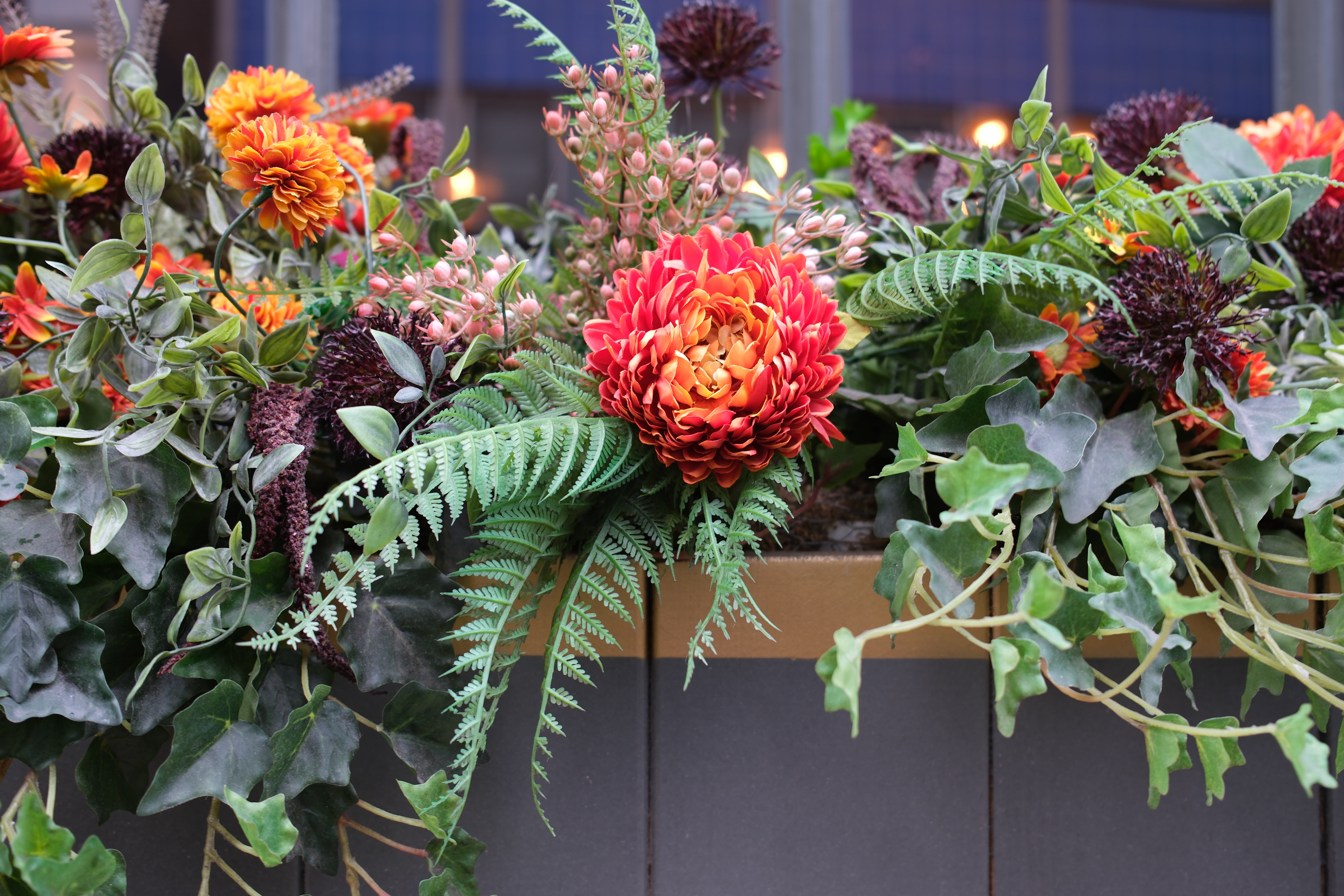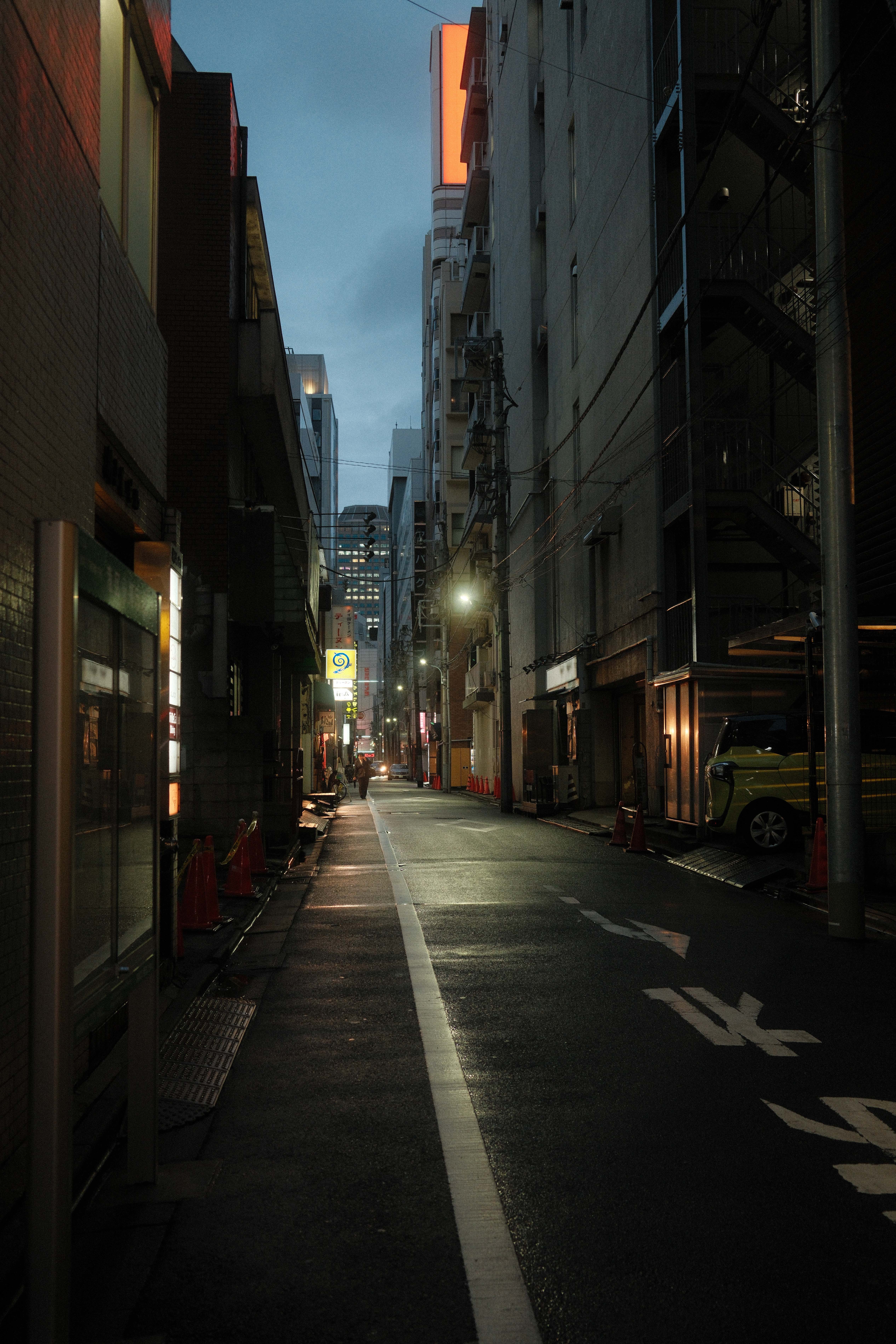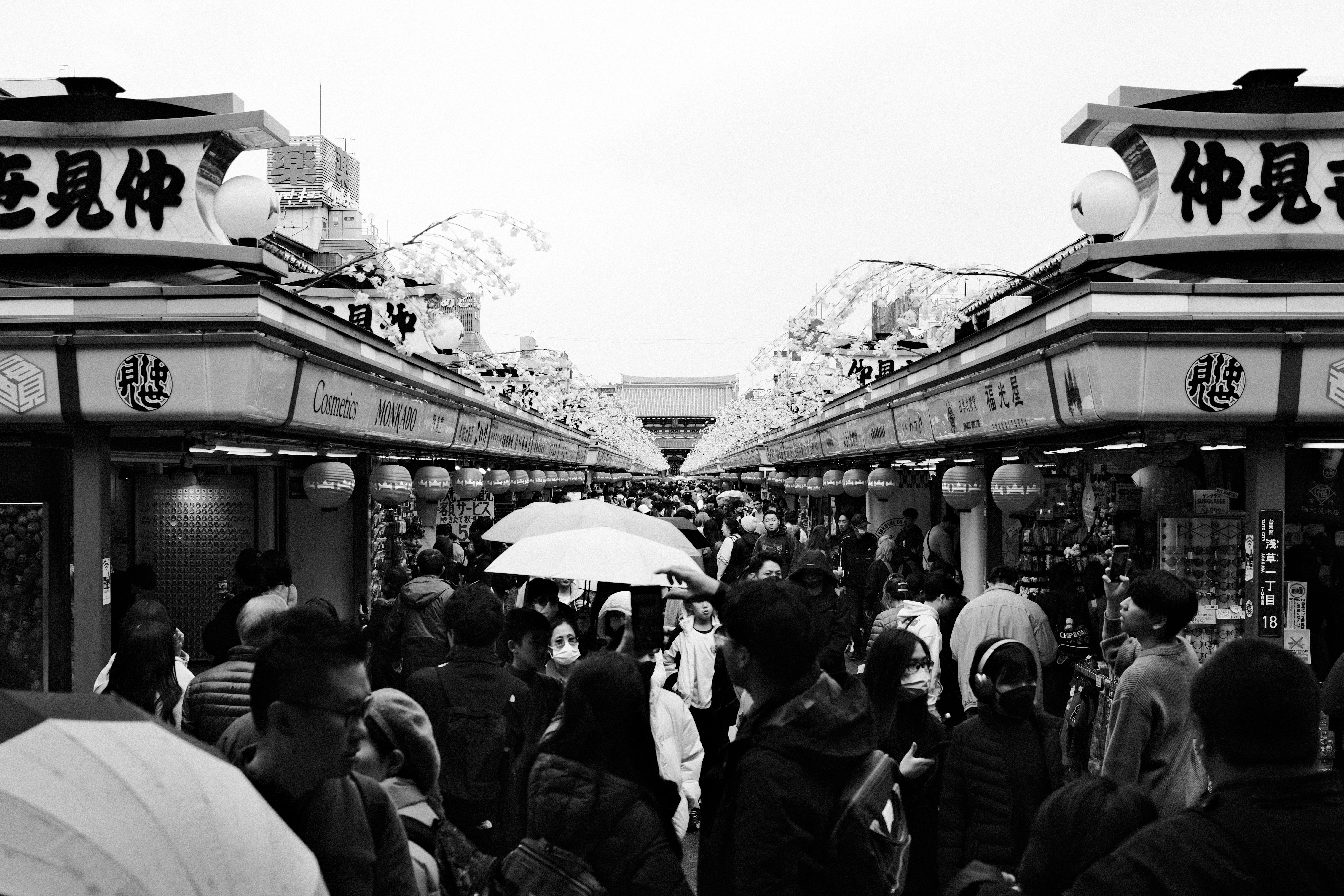
The sudden overnight popularity of the X100V took everyone in the camera world a little by surprise, but I think none more so than Fujifilm, which has spent the time since scrambling to get enough copies in the hands of all the people who want one.
Launched in 2020 as the fifth iteration of Fujifilm’s premium compact camera, it wasn’t until almost two years later when TikTok influencers sent the price of the Fujifilm X100V skyrocketing overnight and its supply chain into freefall. Not helped by the Covid-19 pandemic causing supply chaos around the globe – the queue to buy an X100V stretched into a six-month-plus long waiting list.
Hopefully with some lessons learned and some more ambitious manufacturing targets, Fujifilm is back to give the X100 series another go with the Fujifilm X100VI.
For a little context, the Fujifilm X100VI is a compact camera, meaning it has a fixed lens design, and is well – compact. Its premium vintage aesthetic is made for street and travel photographers who want a pocket-friendly camera that is as beautiful on the outside as the images that it takes. The X100 range is also one of the few true rangefinder designs still being made, with the much pricier manual focus only Leica M11 the only other option with an optical viewfinder.

What’s changed with the X100VI from the previous model? Well, externally, not that much, but when you have a viral success like this on your hands, you don’t want to rock the boat too much. The body and 23mm lens are identical to the X100V, with all the major improvements hidden inside the camera. The X100VI sees a big bump in resolution from the X-Trans 5 sensor from 24MP to 40MP, with video now topping out at 6K. The new X-Processor 5 also powers better autofocus with subject recognition and tracking for faces, eyes, animals, birds, and vehicles.
Now, I should confess that my everyday camera for the past year has been the Fujifilm X100V, and it is safe to say – I’m a fan, and I have been very excited about the sequel since hearing the first rumors. But like most X100V owners, my question is – is there enough in the Fujifilm X100VI to make me upgrade?
Fujifilm X100VI: Specifications
Fujifilm X100VI: Price
At $1,599 / £1,599 / AU$2,899 the X100VI is a $200 / AU$500 premium over the launch price of the X100V, although there are some marked improvements in the sensor and processor, and adding IBIS goes someway to justifying this price rise (current global inflation is also not helping matters).
This price firmly places the X100VI compact as a premium product, and it is really dependent on whether you put enough value on the classic design, compact size, and great build to pay the outlay. The Fujifilm X-S20 or Sony a6700 are two cameras that spring to mind if you are looking for small cameras with excellent value. Even recent discounts have seen the classically styled Fujifilm X-T5 drop lower than this price point, and while a different kind of camera, it is more camera for the money.
But, if you are looking for a compact rangefinder exactly like this elsewhere – you aren’t going to find it. The only other like-for-like competitor is the full-frame Leica Q3, but at over three times the price, makes the X100VI look like a bargain.
Fujifilm X100VI: Design & Handling
If you have used a camera in the X100 series before then you should feel very at home with the X100IV. The design is nearly identical to the X100V that came before it. Aside from the name engraving reading VI instead of V, there are only two other minor differences I can spot – the film plane indicator is slightly moved by a few millimeters, and the lever in the front has been slightly designed and lost its red highlight.
But as I said in my introduction – the repetition in design is certainly no bad thing, as the X100 series is just a stunning camera that not only visually harks back to rangefinder film cameras from the film era but the X100VI is also built to a premium standard that feels amazing in the hand. I should own up here and say I bought my X100V mainly as I was initially smitten with the design, and have not regretted my purchase.


Fujifilm remains committed to dials on its cameras. There are two dials up top, one handles exposure compensation, and the other shutter speed. This shutter speed dial also has a clever trick though where you can lift and twist to change the camera ISO. It works really well, and I find it oh-so-satisfying. The aperture is handled by the ring on the lens, which has two raised textured handles and I find it easy enough to turn with one finger. The lens clicks at each aperture stop are quite audible if you don’t want to take your eye off the viewfinder.
But you don’t have to worry about any of these if you just want to point-and-shoot – all the dials have an auto setting, or you can mix and match manual with auto to shoot in aperture priority or shutter priority modes. And like with other Fujifilm cameras, if you would prefer some manual control but not use the dials, you can delve into the settings and set the camera up to cycle through aperture and shutter speed using the thumb and finger wheels instead, just like a modern camera.

The lens is also unchanged from the X100V – although it was redesigned for that camera, which itself was an outstanding revision with incredible sharpness. While I think the 23mm focal length is absolutely spot on for a compact camera as it works for travel, street, and some environmental portraiture, I would have maybe liked to see if the aperture could have been nudged just that little bit wider to just expand low light performance and creativity with shallow focus – but I’m just being picky.
There is also a control ring on the lens – while you can set this to a number of different functions in settings, by default it controls the camera's digital zoom. That's digital zoom, not optical, so the camera will crop the image for a smaller pixel count. Where the X100V’s 24.1MP sensor made digital cropping’s effectiveness a little more limited, the new 40MP sensor in the X100VI almost seems made for this very feature – with 50mm (20MP) and 70mm (10MP) crops still holding a lot of resolution.
The lens is compatible with the existing wide and tele lens converters released alongside the X100V – although unfortunately, I do not have these to test out. One significant frustration for anyone who wants to put a filter on the front of their lens is an additional $49 purchase of a filter adapter ring (AR-X100), this is also the only way to make the lens fully water resistant. I use polarizing filters and Tiffen's Black Mist filter on a very regular basis, so it does irritate me for what is quite an expensive camera already that this is not something that Fuji feels it should start including in the box.

One of the major highlights of the X100 series is the hybrid optical viewfinder – one of the last remaining optical viewfinders in a world full of EVFs, and it is just such a lovely experience to use. Due to the rangefinder design, the viewfinder doesn’t perfectly line up with the sensor, but there is a digital box projected in the optical viewfinder that shifts depending on shooting distance so you know exactly what is in your shot. I find it both incredibly clever and simplistic, it does take some getting used to initially, but after a while, I find it becomes second nature.
If you prefer to use an electronic viewfinder, then a quick flick of the front level switches the viewfinder to a 3.69 million dot OLED EVF, which is great for checking images, or how film simulations look, although I can’t quite understand buying this particular camera and using this over the OVF.

The screen is a 1.62 million dot LCD panel. Vloggers might be disappointed to hear that the screen still doesn’t flip around so you can see yourself while you record. The screen does tilt 90 degrees and still sits beautifully flush with the camera body, but I would love it if this camera borrowed the tilt mechanism from the X-E4 where it lifts up and over the top of the camera as I regularly found myself wishing I could selfie with the camera. Maybe next time.

The one very minor quibble I have with the build is with the grip, although thankfully it is more substantial than say on the X-E4, there is still not a huge amount to cling onto, and your little pinky finger will be lost with what to do with itself. I don’t think a slightly increased hump would altogether shatter the compact camera aesthetic.
Fujifilm X100VI: Photo Performance
I have only had the X100VI for a short while for testing, so stay tuned for my final verdict on the image quality, as well as our lab tests on the sensor and lens.
From my initial samples though, I am very impressed with the image quality. I shoot a lot with the Fujifilm X-T5, so I know the quality that the 40.2MP APS-C sensor can achieve, and I am very happy that it looks like the X100VI meets the same high bar.


There was some pre-launch speculation around whether the older lens could resolve all 40 megapixels (not all Fujifilm interchangeable lenses can) but images are very sharp and clear. Peeping in the corners there doesn’t seem to be any obvious softness or vignetting in JPEGs even when stopped down to f/2. At the time of writing (pre-announcement), Adobe doesn’t yet recognize RAW files from the X100VI – I will report back when it does.


Autofocus is much improved versus the X100V, which is not saying the X100V is bad at all, but using the two cameras side-by-side makes the older model feel significantly slower. Autofocus on the X100VI is very quick and very silent, in continuous focus the camera had no issue holding a focal point as I moved the camera around or my subject wandered about the frame.
As well as human faces and eyes (like the previous model), the X100VI’s autofocus also now recognizes a range of other subjects including animals, birds, cars, and other vehicles. Some of these feel less essential on a 23mm fixed lens camera, but they are nice to have. Vehicle tracking has worked very well in testing, although due to a lack of animals currently nearby, I haven't fully tested this – although as a regular X-T5 shooter, I can vouch for Fujifilm's usual tracking.


Battery life continues to be a big weak point for the X100 series. It was my main gripe about the X100V, and although the processor is meant to improve efficiency, it really hasn't moved the needle that much. In a few intensive days of shooting while traveling, I was easily burning through a battery or two. So it is almost a requirement to to invest in some several spares. The camera can also be recharged on the go using a power bank, but this isn't the fastest process, but might just about keep you topped up.

Film simulations are one of the top selling points for Fuji cameras and Fujifilm has taken the number of film simulations up to 20 – adding the Reala Ace simulation to an X-Series camera for the first time. Film simulations are a lot of fun on their own, and a really quick way to stylize a photo right out of the camera – and for the more creative, a great building block for film recipes to make even more complex and accurate film looks.
For recipe makers, I am happy to report that the custom menu has been improved to not only open on your current custom number but also have the option to go back to default settings at any point. There are still only seven slots though, so pick your favorites.
Fujifilm X100VI: Sample Images
These images were all shot on a rainy day in Toyko, images are direct from the camera using custom film recipes.







Fujifilm X100VI: Video Performance
Video performance has got a boost as well from the new sensor and processor. The X100VI tops out at 6K30p footage, although unfortunately, this has a 1.23x crop – this makes the 23mm lens a 28mm lens (or a 42mm full frame equivalent). The X100VI is also capable of 4K60p footage without a crop, or 1080p footage up to 240p.
The screen only has a 90º horizontal tilt, which does limit its usefulness for filming somewhat as it is impossible to flip the screen over for vlogging, although there is a HDMI port for connecting to a monitor. For audio – there is also a mic port, or you can use the USB-C port.
Video footage is very good – filming at 6K, there is a real sharpness to the footage. The IBIS also managed to hold my static shots nice and steady, panning was definitely improved as well, but some jerky movements did manage to slip in if I was overly vigorous while moving. Any movement heavier than a pan, and you are probably going to want to invest in a gimbal.
The lens on the X100VI is probably the most limiting factor when it comes to video as fixed angle can’t achieve the same diversity and cinematic looks as interchangeable lenses with better compression on other systems. If video is your priority then there are more suitable cameras out there, including from Fujifilm – check out the X-S20 or X-H2. The X100VI is a fantastic photography camera that can also shoot very nice video when needed.
Fujifilm X100VI: Early Verdict
So Fujifilm’s uber-popular camera has returned with a few upgrades, although you might not know from looks alone. The X100VI keeps the same classic design as the model before – not a bad thing when the design is this stunning and well-constructed. It might not come across in pictures or words, but seeing (and feeling) really is believing when it comes to appreciating the X100VI.
While not much might have changed on the outside, on the inside it is a whole different story – a new sensor, processor and IBIS complete the internal update. In initial testing – the image quality is excellent, autofocus is much faster and video has been greatly improved. I am not sure if these improvements are enough for X100V users to upgrade, but those coming from older X100 systems will definitely find more value here.
The cost has risen again over the previous model, and might be more than some are willing to pay for a fixed lens compact – so you really have to value this particular form factor and design over cheaper but similarly (or better) specced cameras that are just a bit bigger.

✅ Buy this if...
- You want a camera that looks as good as the images that it takes
- You want a big sensor camera that is still compact enough to slip into a pocket
- You are happy to pay a premium for excellent design and build quality
🚫 Don't buy this if...
- You want a simple point-and-shoot camera for larking about
- You want a camera that can use multiple lenses for different perspectives
- You want the best value-to-features ratio possible in a camera







